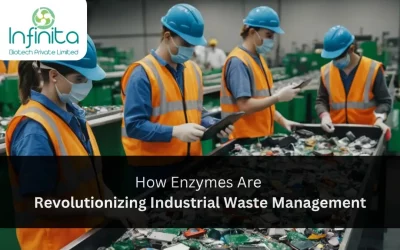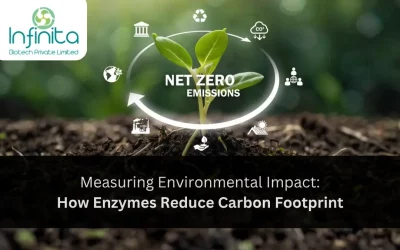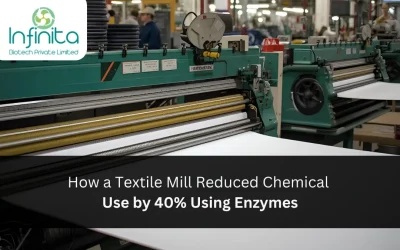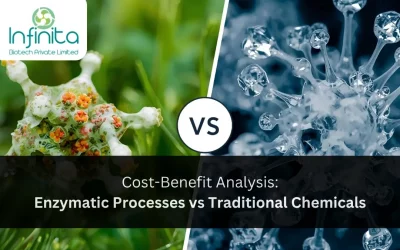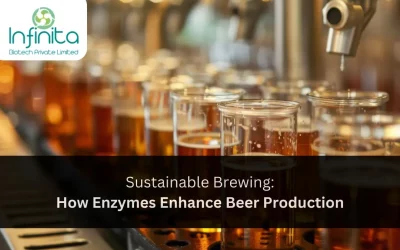Introduction
Fabric processing has long been a chemically intensive affair. But in an age that demands sustainability, the textile industry is undergoing a much-needed metamorphosis. Among the most promising developments is the adoption of textile enzymes, which offer a cleaner, greener route to fabric treatment. One such application, enzymatic degumming, has emerged as a critical technique for achieving environmentally sound processing without compromising textile quality.
Understanding Degumming in Textile Processing
Degumming is the process of removing sericin, the gummy protein that coats raw silk and other natural fibres. In traditional workflows, harsh alkaline or acid-based chemicals are deployed at high temperatures to strip off this coating. While effective, this method leads to excessive water consumption, environmental toxicity, and potential damage to fibre structure.
Such aggressive techniques compromise the softness and natural sheen of the fabric. More importantly, the wastewater generated during this process is difficult to treat and contains high levels of BOD (Biochemical Oxygen Demand), posing a burden on effluent treatment systems.
Enzymatic Degumming: A Biotechnological Breakthrough
Enzymatic degumming with Textile enzyme is revolutionising the way we treat fibres, particularly silk and cellulosic materials. This method employs proteolytic enzymes, which selectively hydrolyse sericin while preserving fibroin, the fibrous protein responsible for silk’s lustre and strength.
Textile enzymes such as alkaline protease, pectinase, and lipase are often used in combination for optimal results. Unlike conventional methods, enzymatic degumming requires lower temperatures and neutral pH conditions, making the entire process energy-efficient and less abrasive.
Advantages of Enzymatic Degumming Over Conventional Methods
- Environmental Sustainability:
Enzymatic processes drastically reduce the need for harmful chemicals. As enzymes are biodegradable, the effluent generated is significantly less toxic, easing the burden on wastewater management systems. - Fibre Integrity and Softness:
Enzymes act selectively without damaging the core structure of fibres. This ensures that silk retains its natural drape, gloss, and tensile strength, enhancing the final fabric quality. - Operational Efficiency:
Enzyme-based solutions are compatible with continuous processing systems, enabling mills to save on water, time, and energy costs. Shorter processing cycles translate to lower operational expenditure. - Worker Safety:
Eliminating harsh chemicals like sodium carbonate or hydrochloric acid improves the safety profile of the processing environment, benefiting workers directly.
Application of Enzymatic Degumming in Different Fibres
Silk Degumming
Silk, known for its elegance and fineness, benefits immensely from enzymatic treatment. Alkaline protease and acid protease break down sericin without altering the structural protein fibroin. The result is a luxuriously soft silk, free from yellowing or surface abrasions, ideal for high-end garments and home furnishings.
Bioscouring of Cotton and Other Cellulosic Fibres
Although the term “degumming” primarily relates to silk, similar enzymatic treatments are used for bioscouring cotton, hemp, and flax. Enzymes like pectinase and cellulase replace conventional alkaline scouring, removing waxes and non-cellulosic impurities. This not only reduces alkali consumption but also improves fabric absorbency and dye uptake.
How Textile Enzymes Enable Cleaner Processing
Textile Enzyme-based processing aligns with the broader goal of eco-friendly textile manufacturing. By reducing effluent load, water demand, and energy consumption, enzymatic degumming contributes to low-impact production cycles.
Unlike traditional methods that require boiling or steaming, enzyme-based treatments can occur at ambient or slightly elevated temperatures. This helps mills cut down on steam generation and related CO₂ emissions. Furthermore, enzymes’ compatibility with closed-loop systems makes them a pivotal tool in achieving circular production.
Challenges and Innovations in Enzymatic Degumming
Despite its advantages, enzymatic degumming isn’t without challenges. Enzymes are sensitive biological catalysts; their activity can be hindered by improper pH, temperature, or incompatible additives. Moreover, formulations must be tailored for specific fibre types and process conditions.
To overcome these hurdles, enzyme manufacturers are developing thermostable enzyme blends, liquid enzyme concentrates, and enzyme carriers that improve shelf-life and performance consistency. Enzyme engineering, too, is making strides by designing proteins with higher substrate specificity and resistance to inhibitors.
Conclusion
The textile industry is stepping into an era where efficiency meets ecology with Textile Enzymes. Enzymatic degumming stands as a testament to how biotechnology can replace pollutive practices with precision-based, sustainable methods. As demand grows for eco-conscious textiles, embracing textile enzymes will no longer be optional; it will be essential.
With ongoing innovations and the growing availability of customised enzyme formulations, enzymatic degumming is poised to become the cornerstone of greener fabric production with textile enzymes. It’s not just a trend, it’s the next evolutionary step in textile processing.

